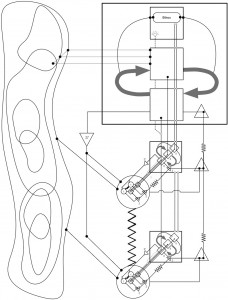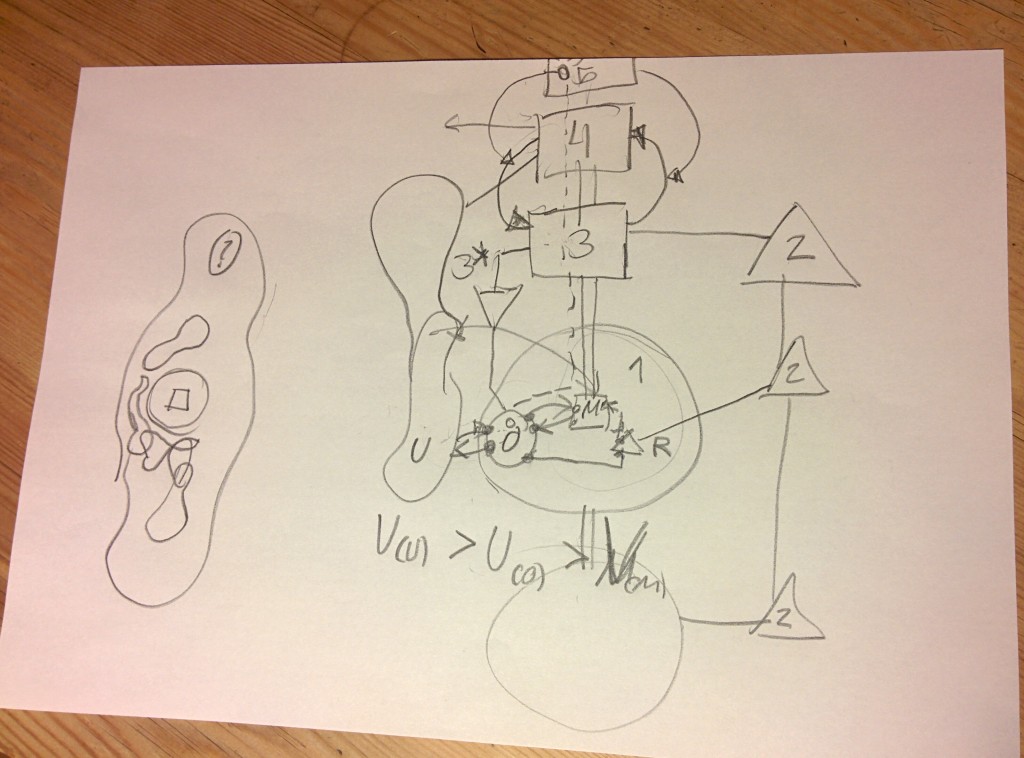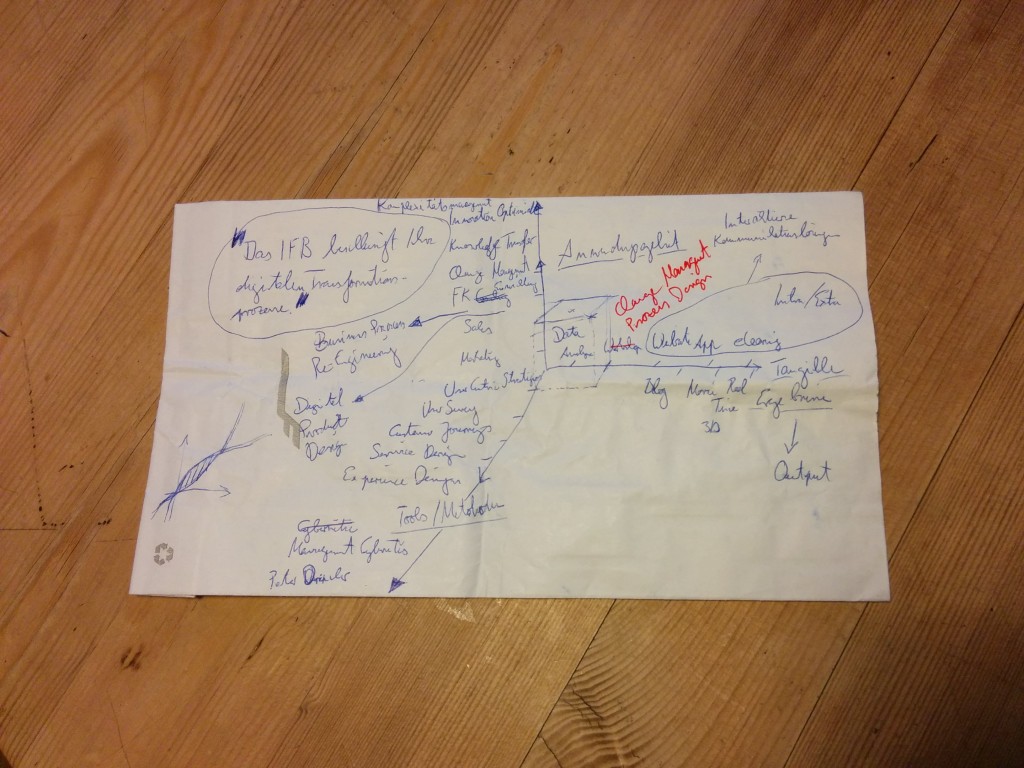Since I started to get into Cybernetics I developed a special sensitivity regarding the usage of the term “cyber”. A few well known examples:
Cyber War
Cyber Army
Cyber Terror
Cyber Crime
Cyber Bullying/Mobbing
Cyber Security
Cyber Attacks
Cyber Sex (nothing against sex, but why Cyber?)
Cyber Punk (which is actually cool ;))
So: Why in the world is this term associated with these (more or less) lethal or freaky contexts? Why is it not called “Internet War”, “Internet Terror”, etc.?
My only conclusion so far: The origin of the term “Cyber” itself, in conjunction with popular SciFi led a to biased perception what Cyber(netics) actually is.
At this point I would like to embed a little anecdote of Stafford Beer. Once he traveled to the US and had to show up his passport. The immigration officer looked at his job description and said: “Interesting, you are a Cybernetician – you are freezing people, right?”. Stafford answered (as far as I remember): “No, that is Cryonics, but never mind.”
So he changed his professional status to “professor”, because he got rid of explaining it over and over again.
Obviously many people thought (and still think) that Cybernetics is somewhat like a mix of a future science and alchemy – definitely related to mystical knowledge that can be only obtained by sacrificing a chicken liver on full moon. Or that it is connected with a global conspiracy which wants to control everybody’s thoughts… That is really a pity, because the basic concept of cyber is not that esoteric, spacey or control freak-like at all: It is just about the circular causalities that we humans encounter when we observe our environment (or inner-, outer-, sub-environments, what ever you want to specify it).
Unfortunately there is a cultural problem with the idea of ‘control’ –namely sup- or oppression. In my opinion this is narrow minded, since I am very happy to enjoy the autonomous self-regulatory activities of my immune system. Therefore a deeper look into Cybernetics offers the insight that viable systems are always more successful, if they distribute and share power within the system with THESE parts which have the “requisite variety” to handle the situation (which describes just a principle and not a ethical behavior or the perceived purpose).
This observation is indeed quite ancient and still very present.
And very powerful.
I dare to say: I am a Cybernetician.



